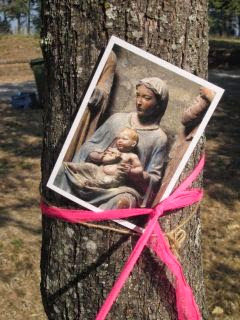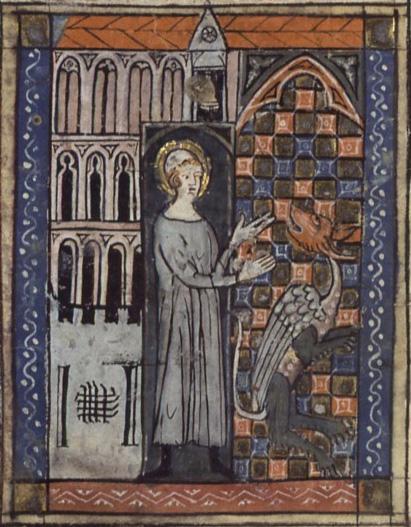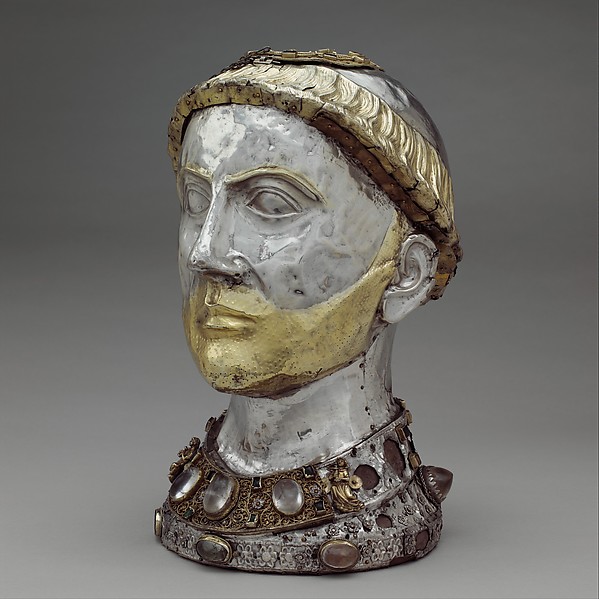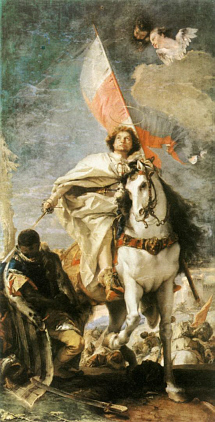DEATH
According to http://www.deathclock.com
my death clock will chime on Tuesday April 19th 2033.
I have approximately 577, 780, 673 seconds remaining. Roughly 18 years.
If I were a smoker my last day would be Friday December 31st 2027.
This relatively small discrepancy surprises me.
Every packet of cigarettes states in over-sized font such statements as "smoking kills."
This relatively small discrepancy surprises me.
Every packet of cigarettes states in over-sized font such statements as "smoking kills."
However, smokers always look like they are having more fun.
Their lives look richer with a joie de vivre that might be worth more than five abstemious years.
Their lives look richer with a joie de vivre that might be worth more than five abstemious years.
It seems like they party harder, laugh louder and enjoy the camaraderie of newly formed friendships as they huddle in doorways and other designated smoking areas.
If 31st December were indeed my last day, would I go to a New Year's Eve party knowing that I'd never finish the countdown to 2028, never see the fireworks, kiss the person next to me, or sing Auld Lang Syne?
I now have only 577, 779, 338 seconds left.
I can see that checking my countdown could become an obsessional activity.
I must type faster.
An Ankou clinging to the pediment of the south porch of a Breton Church.
According to Anatole Le Braz, the 19th century Breton who collected and translated local songs and legends,
- The Ankou is the henchman of Death (oberour ar maro) and he is also known as the grave yard watcher, they said that he protects the graveyard and the souls around it for some unknown reason and he collects the lost souls on his land. The last dead of the year, in each parish, becomes the Ankou of his parish for all of the following year. When there has been, in a year, more deaths than usual, one says about the Ankou:
- – War ma fé, heman zo eun Anko drouk. ("On my faith, this one is a nasty Ankou.")
-The Legend of Death
Every parish in Brittany has its own Ankou. Even if the deceased was a child, the Ankou is often depicted as a tall, haggard looking figure with long white hair, or a man with a cloak and wide brimmed hat wielding a scythe, or a skeleton whose head revolves, enabling him to see everything everywhere. Or a combination of all of the above. Sometimes the Ankou is depicted sitting on his cart with its squealing axles with which he traverses the area and stops to knock on the doors of those who are about to die.
A very famous, world-changing death, but not Number 1 for everyone.
The crucifixion of Jesus Christ, and of course, of the two thieves:
the good thief who asked for forgiveness and the "bad" thief, so called,
because he didn't say those simple words,
the good thief who asked for forgiveness and the "bad" thief, so called,
because he didn't say those simple words,
"I'm sorry."
http://www.ranker.com/list/99-famous-people-who-died-young/james707?format=SLIDESHOW&page=28
is a website listing 120 famous people who made an impact on the world and who died before they reached 50 years old. The creator of this website explains that the order of ranking is not hierarchical, but only in the order in which he thought of them.
Number 1- Jimi Hendrix,
followed by Jim Morrison,
Kurt Cobain,
James Dean,
Otis Redding....
Jesus Christ ranked 28.
Most people died from a drug overdose. There were a few deaths caused by road or air accidents, a few from gun shot wounds, but there was only one death by crucifixion.
There is nothing quite like a famous person dying early to render them forever young, forever talented, forever important. How many bright stars slump into the dull, grey anonymity of middle age? Which is more tragic?
An interesting article on this very topic-
On the Advantages of Dying Young
Jonathan David Price - 04/07/08
http://www.firstprinciplesjournal.com/articles.aspx?article=569




























_1446_52-1.jpg)













